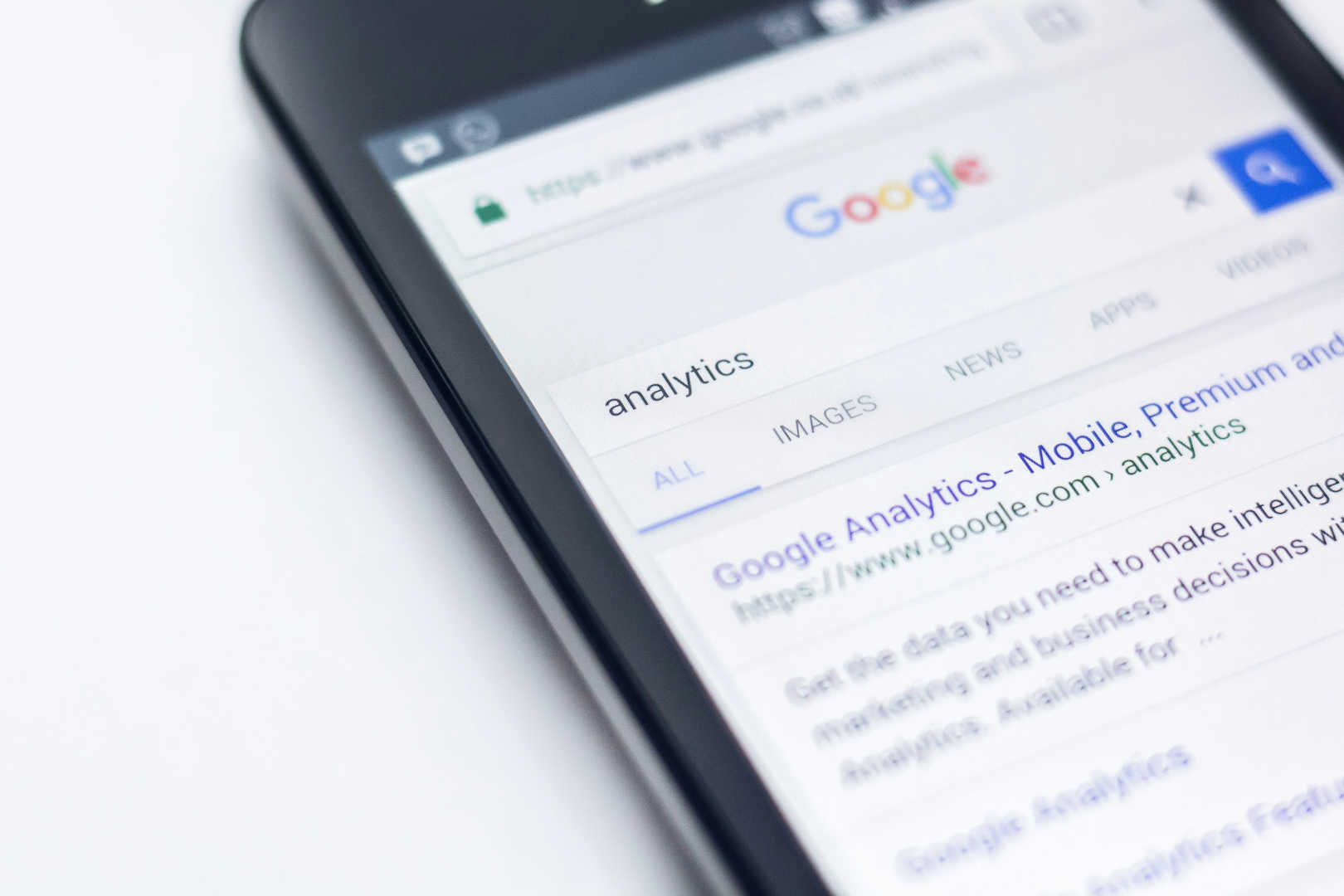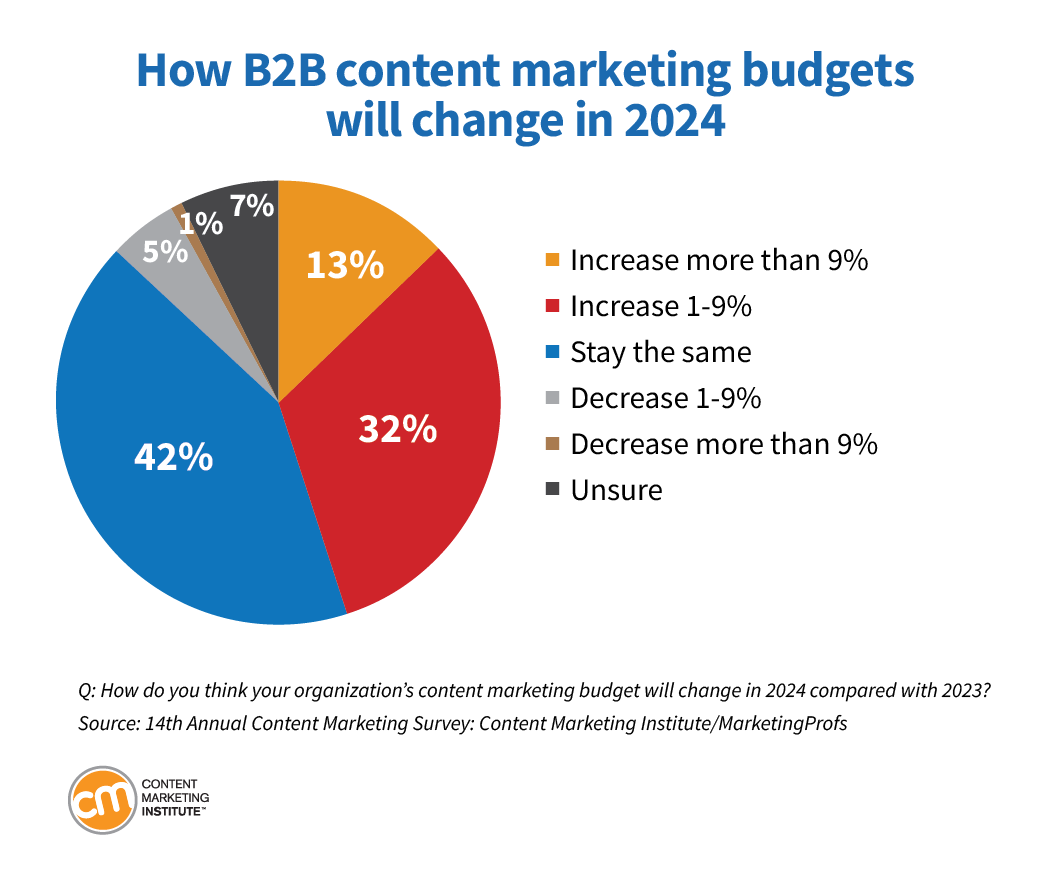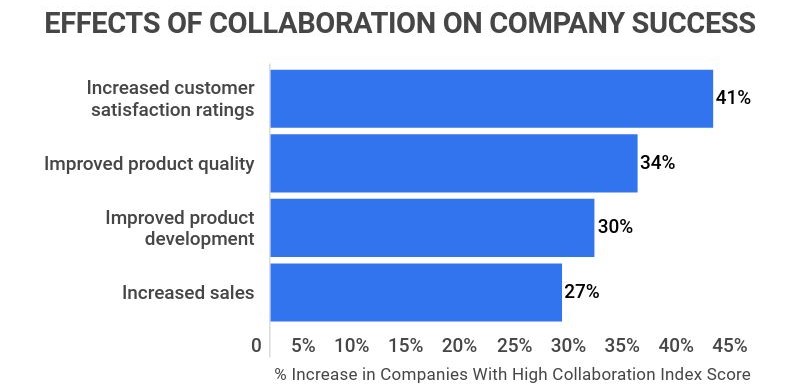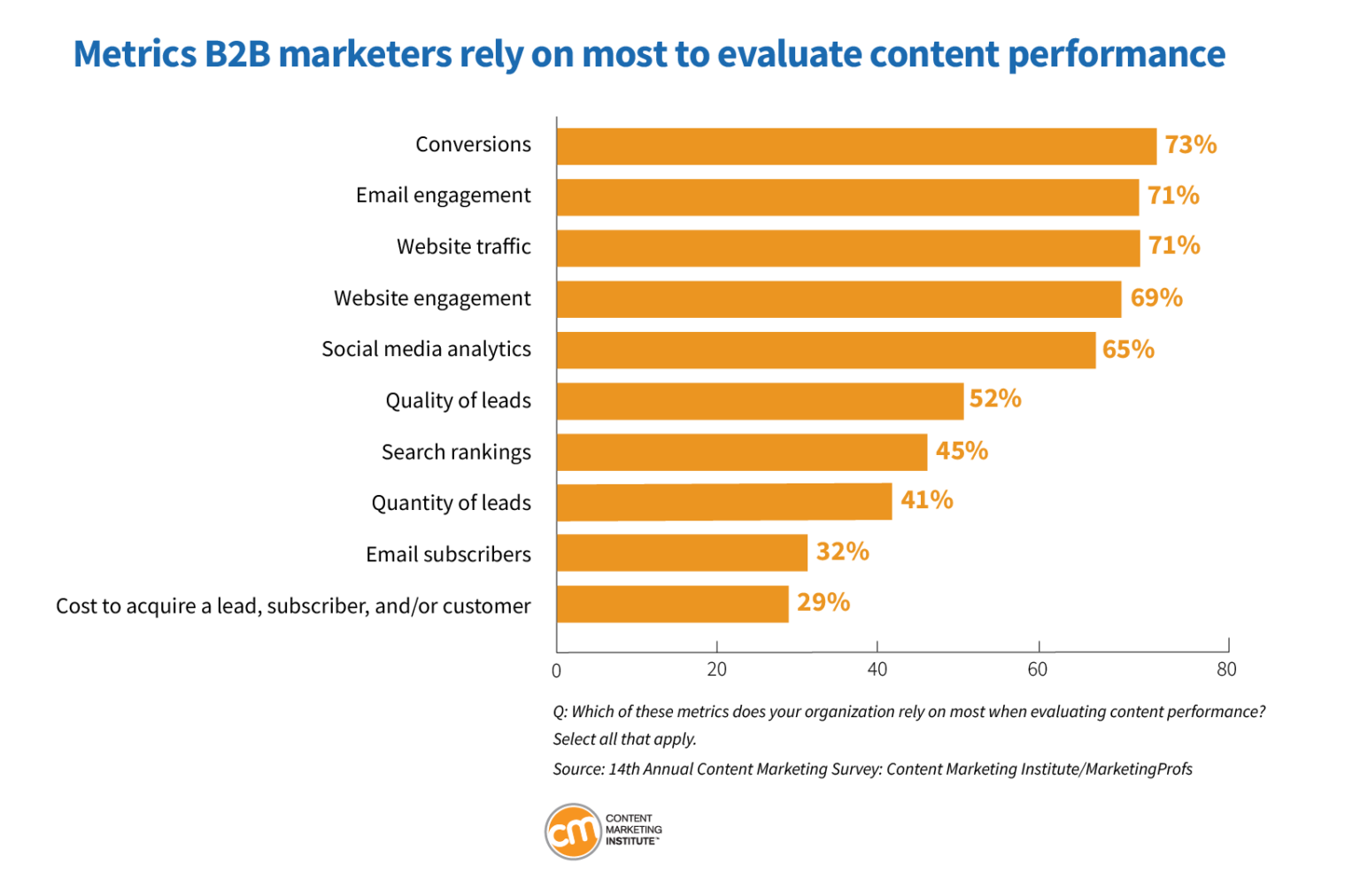Tips for B2B Website Optimization for Generating High-Quality MQLs
In the B2B and SaaS competitive landscape, all leads are not created equal. Generating high-quality marketing qualified leads (MQLs) is a crucial feeder for the sales funnel to help maximize marketing ROI and drive revenue growth.
One pivotal lever for results is website optimization to target, attract, and nurture high-intent prospects. This post dives into critical strategies to enhance your website’s marketing funnel for generating quality MQLs, focusing on proven tactics specific to the SaaS and B2B landscape.
What is an MQL in B2B?
A Marketing Qualified Lead (MQL) is a lead that has shown interest in a company’s offerings through actions such as downloading content, filling out a form, or engaging with specific web pages. Unlike casual site visitors, MQLs have demonstrated a level of interest or engagement that suggests they are more likely to enter the sales funnel and convert into sales-qualified leads.
For SaaS and B2B companies, MQLs are vital because of the length and complexity of the sales cycle. Each marketing-qualified lead represents a potential client likely to engage with multiple touchpoints, from informational resources to demos, before committing. By generating high-quality MQLs, SaaS companies increase the efficiency of their sales process.
Criteria for Qualifying an MQL in SaaS
In the B2B and SaaS context, MQL qualification hinges on specific interest and potential fit indicators. These may include:
- Behavioral Actions: Engagement with blog posts, whitepapers, webinars, or email newsletters.
- Demographic and Firmographic Fit: Attributes such as industry, company size, and job role that align with your target customer profile.
- Engagement Level: Repeated website visits, time spent on high-value pages, or responses to targeted marketing campaigns.
Identifying and qualifying MQLs based on these criteria helps marketing teams focus on leads with the highest potential, streamlining the pathway from interest to purchase.
Understanding Your Target Audience
A deep understanding of your target audience is the foundation of effective lead generation. In B2B and SaaS, this means knowing precisely who benefits from your product, their pain points, and what drives their decision-making. By defining and segmenting your audience, you can create a website experience that resonates with high-quality MQLs.
- Define Buyer Persona so your content builds trust with your ideal prospect.
- Gather and Analyze User Data: Leverage analytics tools like Google Analytics, heatmaps, and CRM data.
- Segment Your Audience so that each visitor feels they’re receiving tailored value from your site.
These overview steps help you build a website experience that speaks directly to high-intent B2B visitors who show a strong interest in your product or service and are more likely to become qualified MQLs.
Website Optimization Strategies for Generating High-Quality MQLs
Optimizing your website to attract, engage, and qualify potential leads is the foundation for successful inbound marketing. Here are key strategies to make your site a powerful MQL-generation tool:
Content Marketing
Create Valuable, Targeted Content:. Develop resources that address specific pain points and interests relevant to your audience. Blog posts, whitepapers, email marketing, case studies, and even social media posts work particularly well in SaaS, helping educate prospects and build trust.
Leverage Various Content Types
Provide a mix of content types—blogs for informational insights, webinars for in-depth guidance, and eBooks for detailed solutions.
Power Up Your Landing Pages
Design for Conversion: High-converting landing pages are critical to capturing MQLs. Ensure each landing page has a clear headline, concise messaging, and a strong call-to-action (CTA) that tells visitors exactly what to do next.
A/B Testing: Run A/B tests on headlines, CTAs, and form fields to identify what resonates best with your audience. Continuous testing allows you to optimize your pages based on user data, improving MQL conversion rates over time.
SEO and Keywords: Target Intent-Driven Keywords: Optimizing for SEO involves more than general keywords. Identify long-tail, intent-driven keywords specific to your audience’s needs, especially those relevant to different stages of the buyer’s journey. For example, keywords related to “SaaS cost management solutions” attract visitors likely further along in the decision-making process.
User Experience (UX)
A seamless user experience is critical in retaining visitor interest. Enhance navigation and load times with a clutter-free design with intuitive menus that keep visitors focused on your offerings. Other UX details to optimize include:
Mobile-responsive designs improve user experience and reduce bounce rates, especially for busy B2B decision-makers.
Lead Magnets
Lead magnets like free trials or demos can entice high-quality leads. An educated prospect has more confidence, so lead magnets like eBooks may make it easier to close deals down the line. Tips for effective lead magnets include:
- Align each offer with the audience’s needs and their stage in the buyer’s journey, ensuring relevancy and increasing the likelihood of conversion.
- Make your visitors feel valued by using personalized CTAs. Customize CTAs based on visitor behavior or industry to increase engagement.
- Continuously monitor and adjust your content and website over time to ensure they consistently identify the leads with the greatest potential to convert.
Practical lead qualification and scoring ensure that high-quality MQLs reach your sales team, maximizing the chances of conversion and optimizing the overall lead-generation process.
Measuring and Analyzing Lead Quality
With MQL generation, measuring and analyzing the quality of leads your website generates is crucial. This data informs your strategy and highlights opportunities for continuous improvement.
Some key indicators give insight into the effectiveness of your lead generation strategies and tactics, as well as the quality of MQLs. Metrics to track include MQL-to-SQL conversion rate, lead engagement scores, and average deal size.
MQL-to-SQL conversion rate measures the percentage of marketing qualified leads (MQLs) that become sales-qualified leads (SQLs).
Lead engagement score quantifies the level of interaction a lead has with marketing materials.
Average deal size represents the typical, average, or median revenue generated from a closed deal.
Lead tracking and analytics tools like Google Analytics and marketing automation software are used to monitor lead behavior. Look for patterns in visitor activity, such as which pages convert best or what type of content attracts high-quality leads.
Refine marketing Strategies Based on Data
Use data insights to identify areas for improvement. If certain types of content or CTAs generate more qualified leads, focus on expanding those efforts. Similarly, analyze where leads drop off or disengage to identify optimization opportunities.
Regular analysis and refinement allow you to enhance the quality of your MQLs, ultimately leading to better conversion rates and more effective marketing ROI.
Moving Ahead with Website Optimization for High-Quality MQLs
In B2B and SaaS, optimizing your website for lead generation is critical to attracting and converting high-quality MQLs. By understanding your ideal audience, implementing effective website optimization strategies, qualifying leads, and measuring results, you can build a steady pipeline of valuable leads that drive growth.
Encourage your team to implement these strategies, monitor the results, and continuously refine the process to generate leads that genuinely contribute to your business goals.
To help you get started, Funnel Envy offers a free Website Optimization Guide. It includes
- The #1 most important factor to increase website conversions.
- The reason top marketers focus on critical pages to improve performance.
- Examples of exactly how top tech companies boost website revenue.
For more actionable insights on maximizing your B2B website’s lead generation potential, download our free eBook today.















